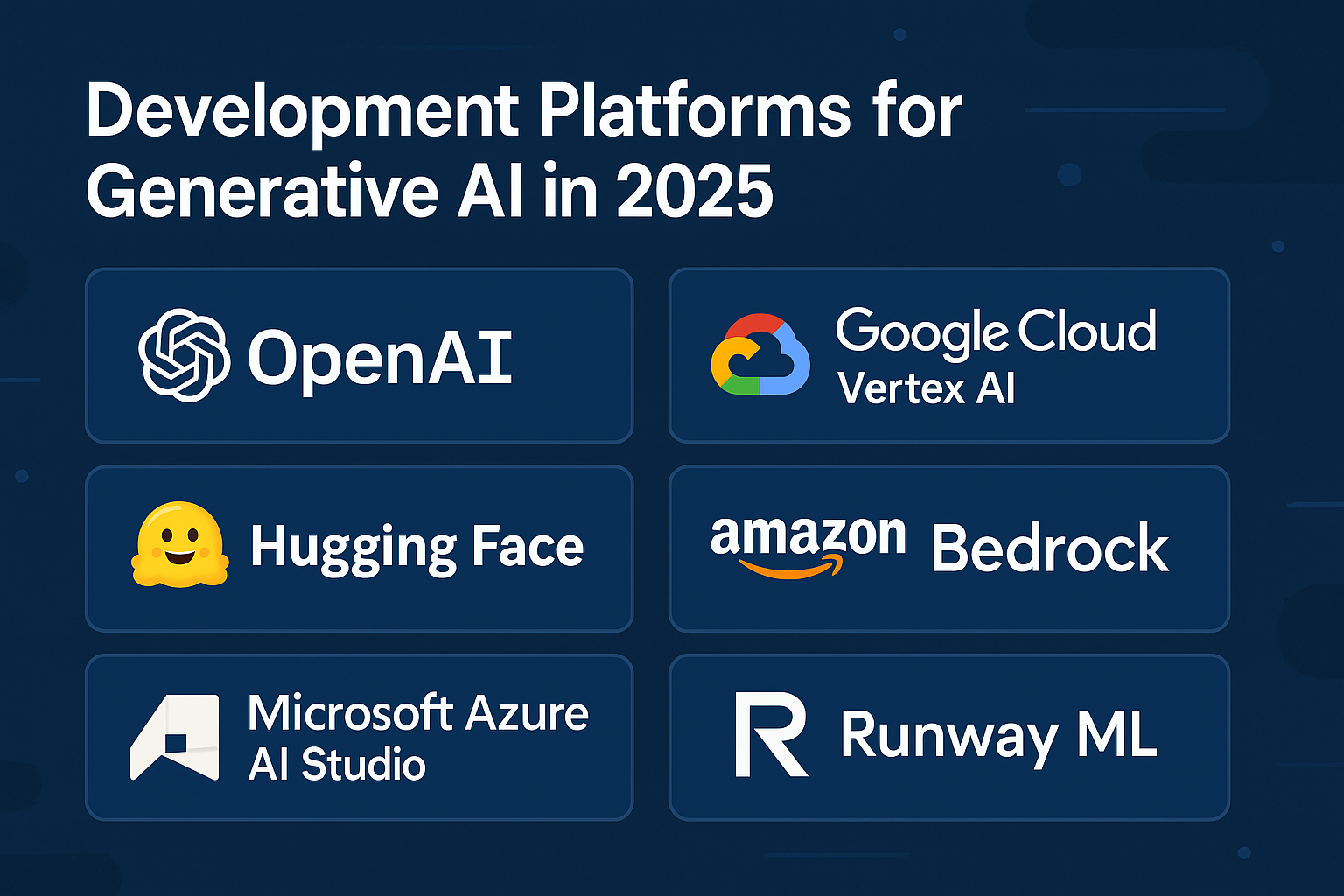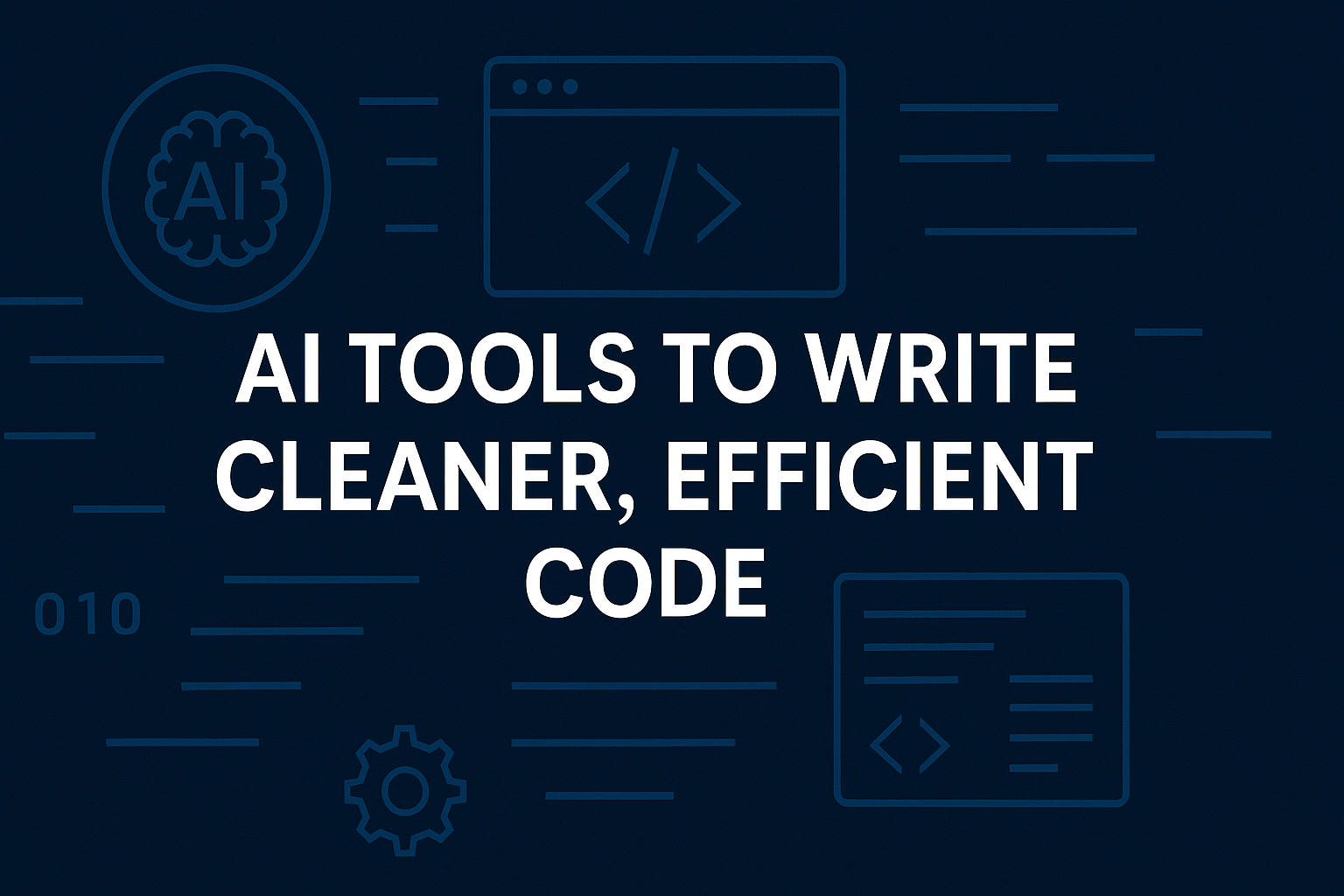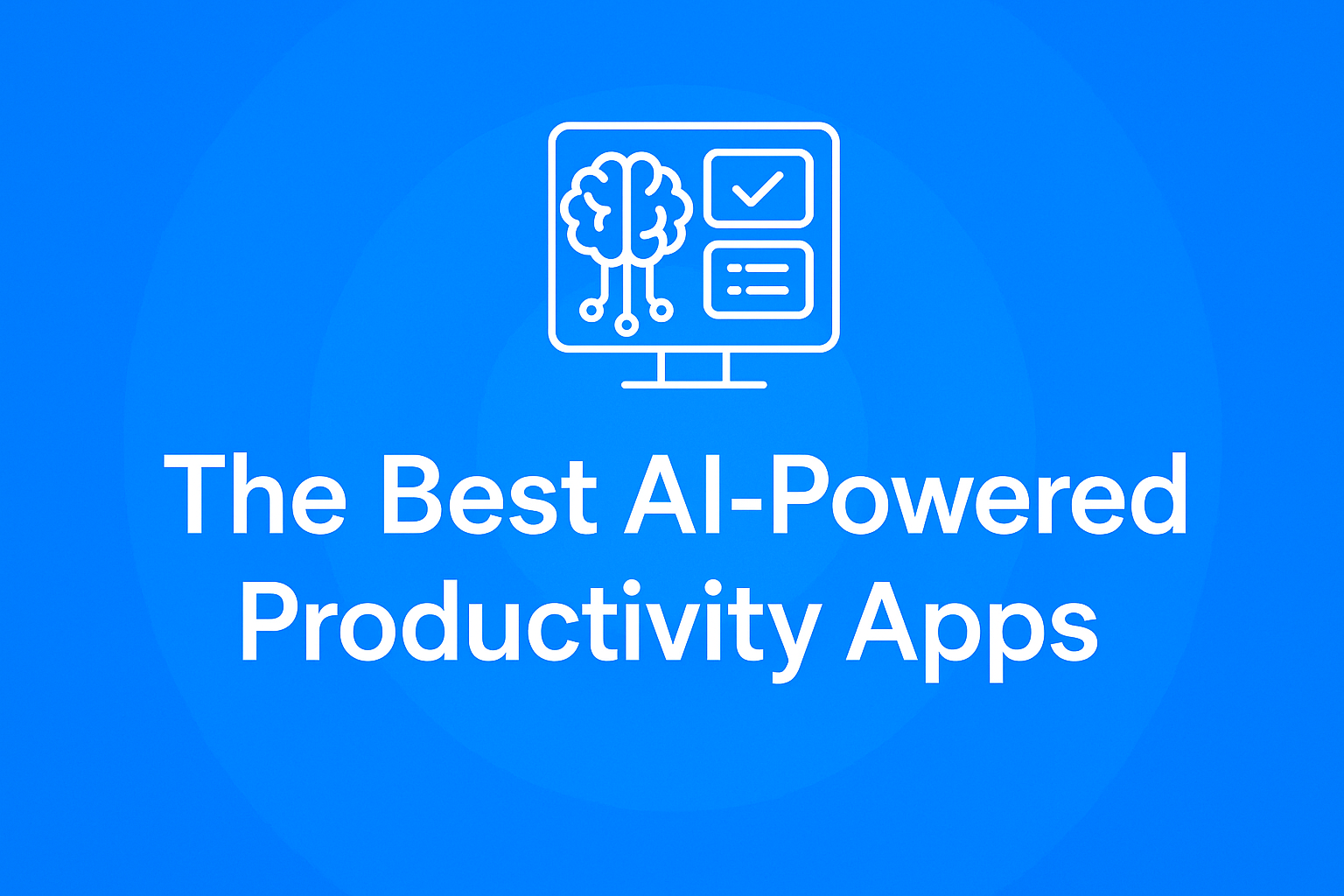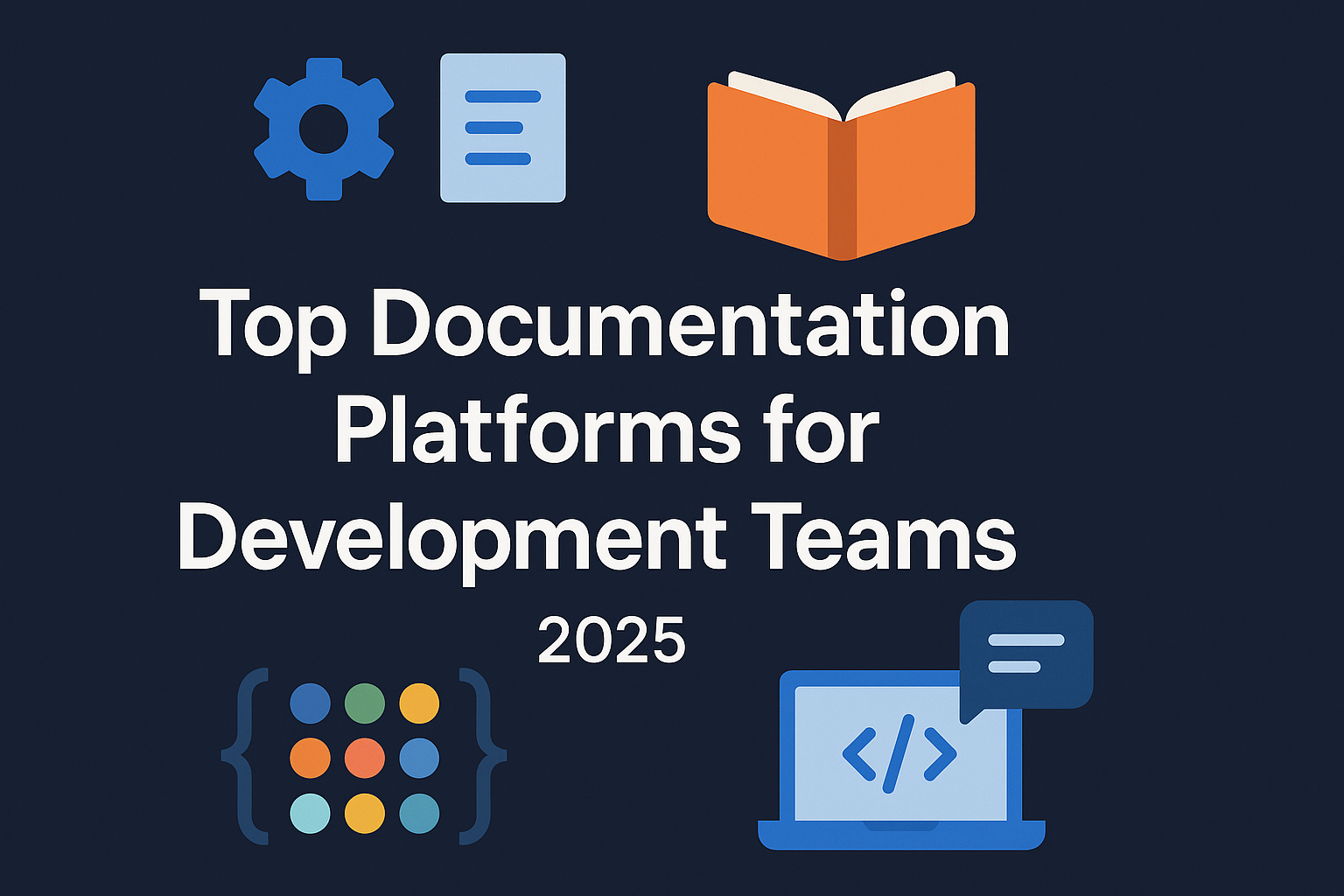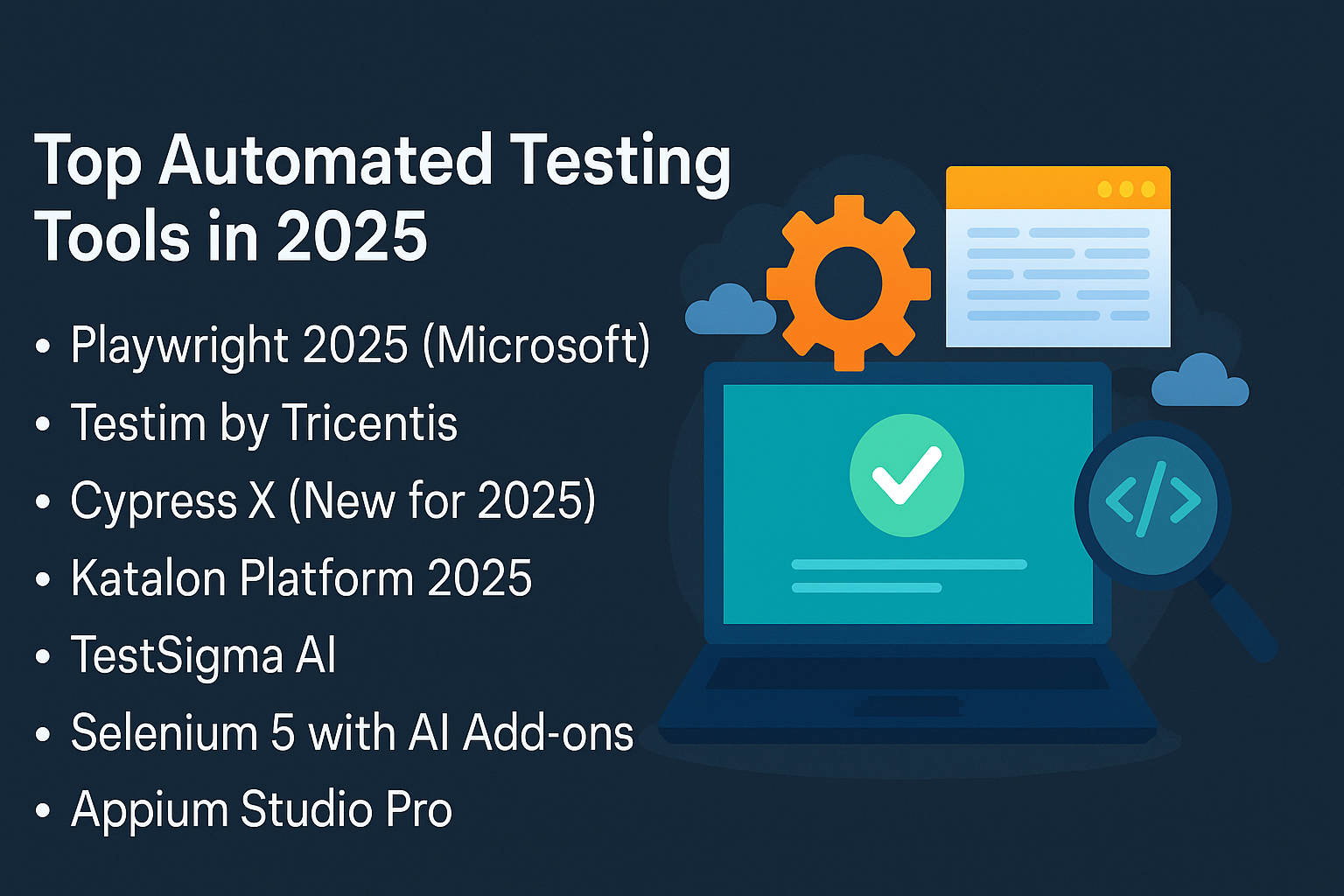
The evolution of cloud computing has drastically changed the way modern applications are built and deployed. One of the most transformative advancements in this space is serverless computing. Despite the name, serverless doesn’t mean “no servers”—it means developers don’t have to manage them. Instead, they rely on a cloud provider to handle the infrastructure, automatically allocating resources as needed.
In this article, we’ll explore how serverless environments work, their core benefits, and why they are quickly becoming the preferred solution for scalable, cost-effective application development.
What is a Serverless Environment?
A serverless environment refers to a cloud computing model where the cloud provider dynamically manages the allocation and provisioning of servers. It allows developers to write and deploy code without worrying about the underlying infrastructure.
Instead of provisioning, scaling, and maintaining servers, developers simply write functions and deploy them to a cloud provider (like AWS Lambda, Google Cloud Functions, or Azure Functions), which executes the code in response to events.
Key Characteristics of Serverless:
- No server management: Developers don’t need to provision or maintain servers.
- Event-driven execution: Code is executed in response to events like HTTP requests, file uploads, or queue messages.
- Auto-scaling: Resources scale automatically based on the workload.
- Stateless functions: Each function invocation is independent.
- Short-lived execution: Functions typically run for short periods, making them ideal for microservices or API calls.
How Serverless Works: Behind the Scenes
To understand how serverless functions operate, let’s break down the process step-by-step:
1. Event Triggers Execution
Serverless functions are activated by events. These could include:
- HTTP requests via API Gateway
- File uploads to cloud storage
- New entries in a database
- Scheduled events (like CRON jobs)
2. Cloud Provider Allocates Resources
When an event is detected, the serverless platform (e.g., AWS Lambda) automatically provisions an instance of the function to handle the request. If multiple events occur simultaneously, the platform spins up additional instances to meet demand.
3. Function Executes and Returns a Response
The function processes the event, executes its logic, and returns a result. After execution, the container may be discarded or kept “warm” for faster future invocations.
4. Billing Based on Usage
You’re billed only for the compute time your code consumes, measured in milliseconds. There’s no cost for idle resources, making it a highly cost-efficient model.
Benefits of Serverless Environments
1. Simplified Infrastructure Management
Serverless frees developers from managing infrastructure. There’s no need to handle operating systems, networking, or runtime environments. This allows teams to focus on writing code and shipping features.
2. Auto-scaling and High Availability
Serverless platforms scale automatically with demand. Whether you have 1 request per day or 1 million per minute, the platform handles scaling seamlessly. High availability is built-in, with cloud providers distributing your functions across multiple availability zones.
3. Cost Efficiency
With traditional servers, you’re charged for uptime, whether your app is being used or not. Serverless pricing is pay-as-you-go, based on actual usage. This model significantly reduces costs, especially for low-traffic applications or startups with limited budgets.
4. Faster Time to Market
Serverless architectures simplify deployment pipelines. With fewer moving parts, developers can build and release features more quickly, giving businesses a competitive edge.
5. Improved Developer Productivity
Since developers don’t need to manage the backend infrastructure, they can focus entirely on the application logic. Many serverless platforms also offer built-in monitoring, debugging, and logging tools.
6. Built for Microservices and APIs
Serverless functions are inherently modular, making them ideal for microservices architectures. Each function performs a single task and can be deployed independently, enabling better maintainability and scalability.
Popular Use Cases for Serverless
Serverless computing is versatile and can be applied to various scenarios:
| Use Case | Description |
| Web Applications | Serverless backends can power dynamic websites using APIs and databases. |
| RESTful APIs | Lightweight APIs can be built and scaled effortlessly with serverless. |
| IoT Backends | Handles data ingestion and processing from connected devices. |
| Data Processing | Batch processing, ETL jobs, or image manipulation tasks. |
| Chatbots and Assistants | Natural language processing and real-time responses. |
| Scheduled Tasks | CRON jobs for maintenance, alerts, or reporting. |
Challenges and Considerations
Despite its many benefits, serverless isn’t a one-size-fits-all solution. Here are a few challenges to consider:
1. Cold Starts
When a function hasn’t been called in a while, it can take longer to respond (a “cold start”). While this is improving with newer technologies, it can impact latency-sensitive applications.
2. Limited Execution Time
Most serverless platforms limit function execution time (e.g., AWS Lambda max is 15 minutes), which isn’t suitable for long-running processes.
3. Vendor Lock-in
Using proprietary tools and APIs (like AWS-specific services) can make it hard to migrate to another provider in the future.
4. Complex Debugging
Debugging distributed serverless applications can be challenging. Logging and tracing tools are essential to monitor performance and identify issues.
Best Practices for Going Serverless
If you’re planning to adopt a serverless architecture, here are some tips:
- Design for statelessness: Each function should run independently.
- Use environment variables to manage configs securely.
- Monitor functions with tools like AWS CloudWatch, Azure Monitor, or Google Operations.
- Optimize for cold starts by keeping dependencies minimal.
- Structure code modularly to improve reusability and testing.
Final Thoughts
Serverless environments are redefining the future of cloud-native development. They offer unparalleled scalability, cost efficiency, and speed—making them especially attractive for startups, agile teams, and enterprise applications that demand rapid innovation.
As serverless platforms continue to evolve, with better cold start performance and multi-cloud capabilities, they will likely become the default backend architecture for a wide range of digital applications.
Whether you’re building a new product or modernizing an existing one, going serverless could be the strategic leap that accelerates your development cycle and reduces operational overhead.
